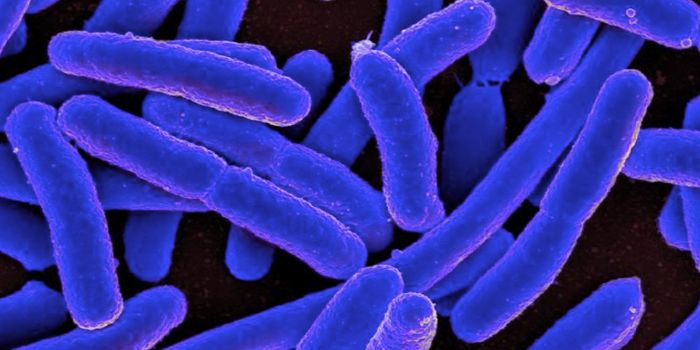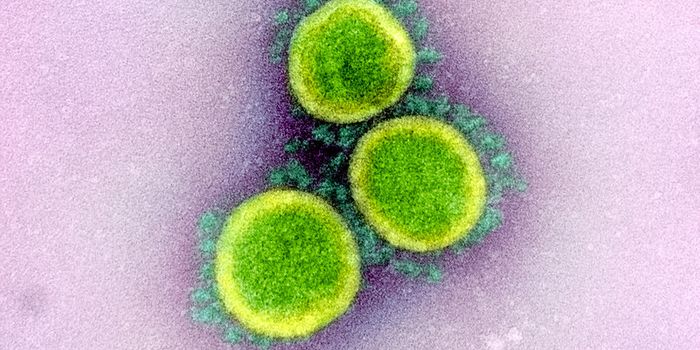Drug Resistance Genes Easily Move Among Organisms & the Environment
Bacterial cells can easily swap bits of DNA, and many of those pieces of genetic material carry genes that confer resistance to antibiotics. This gene sharing is one reason why antimicrobial resistance is becoming such a common problem, and why we need new and more effective antibiotics. Antibiotic-resistant infections already cause the deaths of over one million people annually. Scientists have also now learned that these resistance genes can also easily move in and among the environment, animals, and even people. The findings have been reported in The Lancet Microbe.
In this study, the researchers assessed the genomes of over 2,300 samples of Escherichia coli microbes in Eastern Africa that were collected from animals, people and the environment. This work showed that there are few barriers that prevent or stymie the spread of antimicrobial resistance genes. Genes move freely not only within those groups, but also among them. Multiple pathways that enable resistance genes to move were identified.
This study also emphasizes the importance of taking many things into consideration when confronting antimicrobial resistance, in a One Health approach. This approach stresses the deeply interconnected nature of humans, animals, the environment, and the health of those groups; and promotes solutions that consider and observe various routes of transmission.
The researchers noted that strategies that take aim at only one group, such as animals alone, will not be adequate to tackle the problem of antimicrobial resistance. This work has shown how fluidly and easily resistance genes can spread. Coordinated efforts that take animals, people, and the environment into account may be necessary.
"Our study provides direct genomic evidence that antimicrobial resistance can move freely between humans, animals, and the environment and hence underscores the urgent need for truly One Health interventions for combating antimicrobial resistance," said first study author Dr. Patrick Musicha of the Wellcome Sanger Institute, among other appointments.
"Strategies to slow the spread of antimicrobial resistance are only effective if we have the full picture, which is why genomic research is crucial to informing public health interventions. It also shows that we need to understand this problem in all settings, given how connected we all are globally," noted senior study author Professor Nick Thomson, also of the Wellcome Sanger Institute, among other appointments. "This research shows that in under-resourced countries, traditional interventions and research that focus on the human clinical setting may miss the routes bacteria and the antimicrobial resistance genes they carry are spreading, including via animals.
Sources: Wellcome Trust Sanger Institute, The Lancet Microbe









